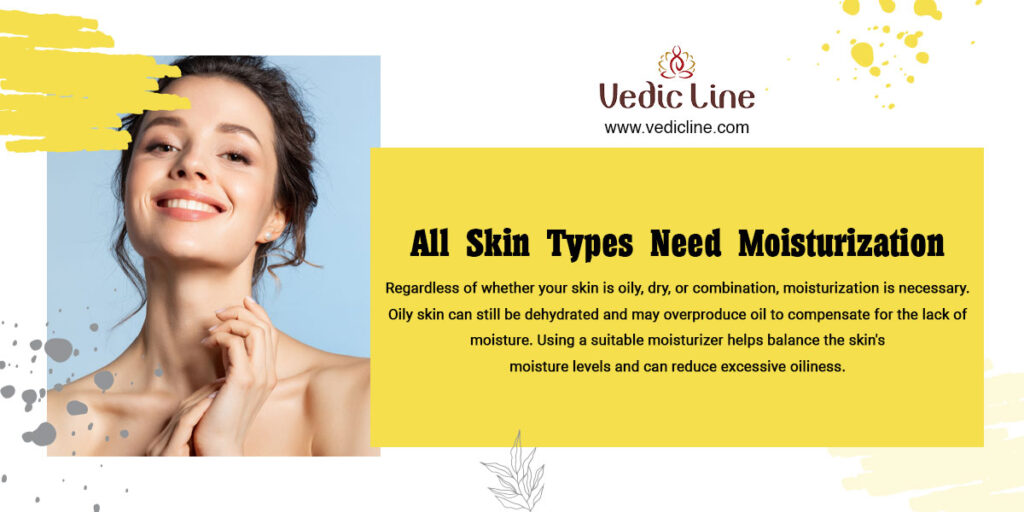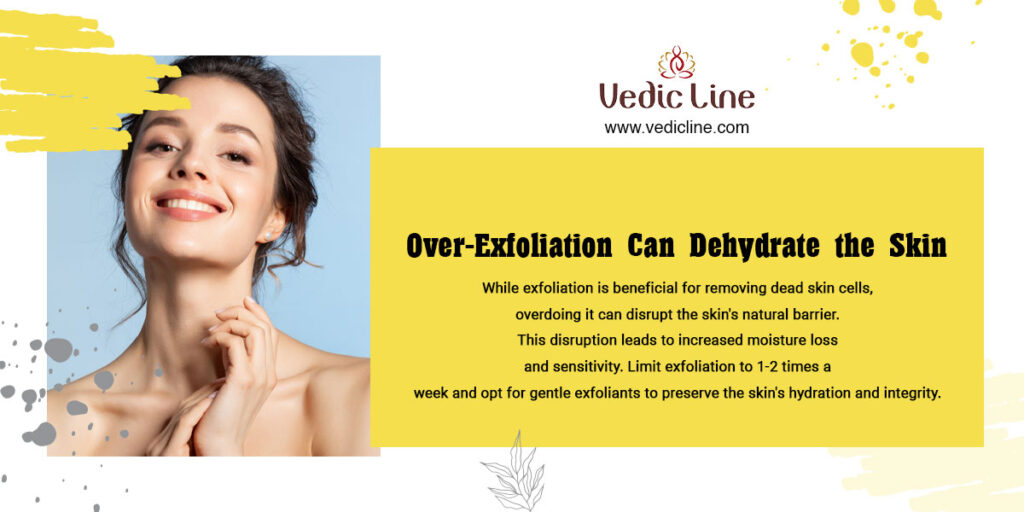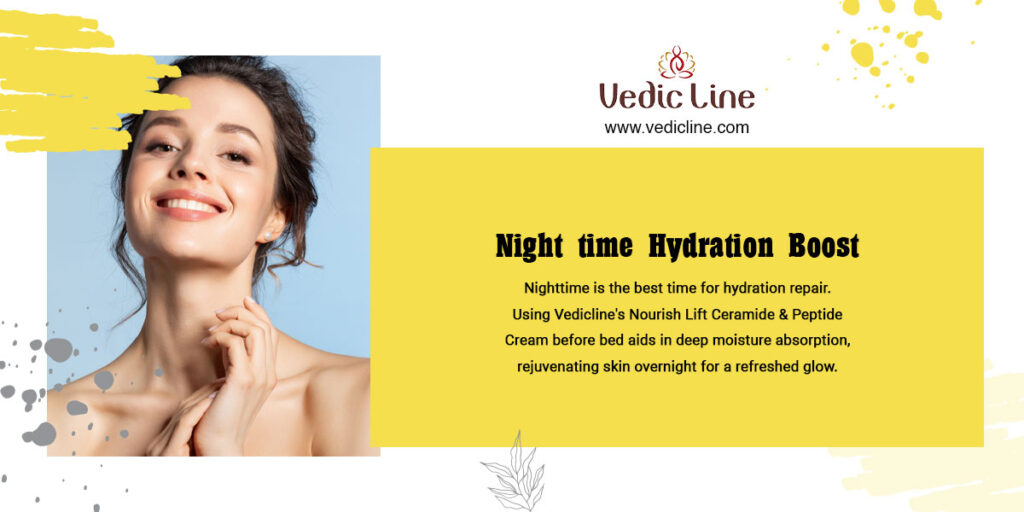Skin Hydration Myths & Facts You Need to Stop Believing

Unsurprisingly, hydration myths is a common topic in skin care since it seems to be a constant theme whensetting a goal for healthy skin. Indeed, people are constantly informed that hydration is crucial and that well-hydrated skin looks brighter, fuller, and even more youthful.
However, as more and more tips and tricks for skincare reach us through social media platforms and as more and more beauty shelves are stocked up with products that claim to provide hydration to the skin, it becomes rather simple to get fooled by certain myths. It is not hard to get misled and waste our money, time, and energy on routines that do not bring the expected outcomes. In some cases, such hydration myths can actually cause more damage than the benefit they are promoting, which in this case is hydration.
To set the record straight, we’re going to dive into some of the most persistent and misleading hydration myths about skin. We’ll clarify what’s going on beneath your skin’s surface and point you toward the best practices for genuinely improving and maintaining hydrated, healthy skin.

Myth #1: Drinking More Water Directly Translates to Hydrated Skin
While drinking water can help combat dull skin caused by dehydration, solely increasing water intake won’t automatically result in glowing skin. Skin hydration depends on internal and external factors, such as hydration levels, products, and natural barriers.
What to do instead:
Stay hydrated with eight glasses daily and use humectants like hyaluronic acid to draw in moisture; seal it with emollients for skin health.Focus on a balanced internal and external approach. This two-pronged approach will yield real results.
Myth #2: Oily Skin Doesn’t Need Moisturizer
If you’re prone to oiliness or breakouts, it might seem logical to skip the moisturizer. After all, why add more “moisture” if your skin already looks shiny by noon? But oily skin can still be dehydrated—these are two separate issues. When dehydrated, skin may overproduce oil, worsening shine and breakouts.
What to do instead: Select suitable moisturizer by skin type. Use lightweight, non-comedogenic gel for oily skin, with niacinamide, hyaluronic acid, and ceramides to balance and reduce sebum over time.

Myth #3: All Hydrating Ingredients Work the Same Way
It’s tempting to lump all “hydrating” ingredients under one umbrella, but they don’t all perform the same function. Humectants, such as hyaluronic acid, glycerin, and aloe vera, attract water to the skin’s surface. Emollients like squalane and fatty acids soften skin, while occlusives such as petrolatum form a protective barrier to retain moisture.
What to do instead: Start with a humectant serum, add an emollient moisturizer, then use a light occlusive to lock in moisture for a complete hydrating skincare routine.
Myth #4: Applying Moisturizer on Dry Skin Is More Effective
Some people wait until their face feels bone-dry after cleansing before slathering on moisturizer. The idea is that “if the skin is dry, it’ll absorb more moisture.” But this approach doesn’t optimize hydration. Applying moisturizing products when your skin is still slightly damp can help trap additional water at the surface and enhance the moisturizer’s ability to hydrate.
What to do instead: After cleansing, pat face with a towel, keeping it slightly damp. Apply toners, serums, and moisturizers for better moisture retention and product absorption with skin humidity.

Myth #5: One “Perfect” Moisturizer Is All You Need, Year-Round
Your skin’s hydration needs can change with the seasons, your diet, hormonal fluctuations, and even travel. Similarly, a heavier moisturizer might clog pores in a tropical climate but become essential in a colder, drier environment.
What to do instead: Adapt skincare to weather and skin needs. Switch products when necessary.
In A Nutshell
Understanding the hydration isn’t just about water or thick creams. It involves ingredient synergy, adapting to your skin and the environment, and gentle care. By embracing these factors, you achieve healthy, balanced skin for an optimal look and feel.
